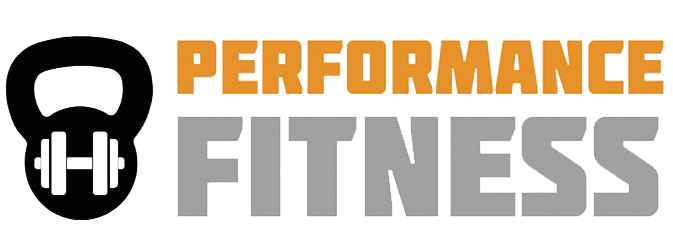How’s it goin’, SMARTy? What to do when your New Year’s goal gets old.
 I don’t know about you, but I am so tired of ice, below-normal temperatures, snow, sleet, freezing rain, more ice, and all of the delays and cancellations that come with them. Though it feels like winter will never end, we’re now in March and spring is not too far away!
I don’t know about you, but I am so tired of ice, below-normal temperatures, snow, sleet, freezing rain, more ice, and all of the delays and cancellations that come with them. Though it feels like winter will never end, we’re now in March and spring is not too far away!
With us nearing the emergence of spring (and the clocks changing!), it’s a good time to evaluate how you are doing on your Winter Goal Challenge, as we’re more than halfway done.
Wait, have you forgotten about your SMART goal?
Back in January (you know, that time when you were determined to hit Boot Camp a few times a week, fit in some morning workouts, and eat better), we talked about how zeroing in on a small, challenging goal (that’s Sustainable, Measurable, Attainable, Realistic, and Time-bound) would help you reach larger goals without having to think about the scale.
I’ve noticed that there are a variety of approaches for this challenge. Some of you have achieved your goal, some of you are almost there, some of you are still struggling, and some of you just.don’t.care.
For those of you struggling and still working toward that SMART goal, here’s my advice:
1. Give yourself 5 minutes a day.
Are you putting in enough time to achieve your goal? I would bet that for many of you, this is preventing you form reaching your SMART goal. At Boot Camp, we’re giving you five minutes to work on your goal, but you have to commit to five minutes every day, not just “workout” days. If you can do this seven days a week, that’s great. If you have more than five stress-free minutes on certain days, that’s great too!
2. Work on your main exercise but also on auxiliary movements that will help you achieve your goal.
Depending on the exercise and your goal for that exercise, an everyday practice might be too much for your body and lead to an overuse injury. This is why those auxiliary movements are important. Rep and set counts will also make a difference. For example, you can work on most bodyweight exercises every day, but you’ll want to be mindful of exercise volume (reps and sets). If you’re a beginner to an exercise or if you’ve been away from it for a long time, doing a high number of repetitions on a daily basis might lead to disaster.
3. Be consistent.
In fitness, consistency is key. Just like I told y’all in this post about my former life as an opera signer, a little bit of practice every day is better than a lot of practice once a week.
Once you embrace those three steps, here’s what your week might look like if say, your goal is to do 10 perfect plank push-ups (in just five minutes a day!):
Monday: Do five to 10 push-ups in the morning and five to 10 in the evening. Do as many of these in plank position as possible then switch to an incline push-up or the plank to knee variation.
Tuesday: Do an auxiliary move. For example, do five 45-second Hardstyle Plank Holds. This will help you work on shoulder stability and core strength, both of which are extremely important for doing proper push-ups. Take one to two minutes to rest between each plank.
Wednesday: Do five perfect push-ups using whatever variation/modification allows you to have “perfect” form, every minute on the minute for five minutes. The balance of each minute is for rest and recovery.
Thursday: Do an auxiliary move. Try some hollow holds. It’s the exercise y’all love to hate, but it’s great for core stabilization. Core stability is another requirement to help you rock that perfect push-up.
Friday: Do three sets of five to eight eccentric incline push-ups.
Saturday: Do 10 push-ups in the morning and 10 in the evening.
Sunday: Rest or do an auxiliary move such as plank variation (for example, three to five 30-second planks, three sets of 10 pledge planks, or hand to elbow planks) or bear crawls (four sets of 20 paces).
If you stick to a routine like this, you’ll achieve that SMART goal and make yourself proud right around the time those daffodils start to bloom!
